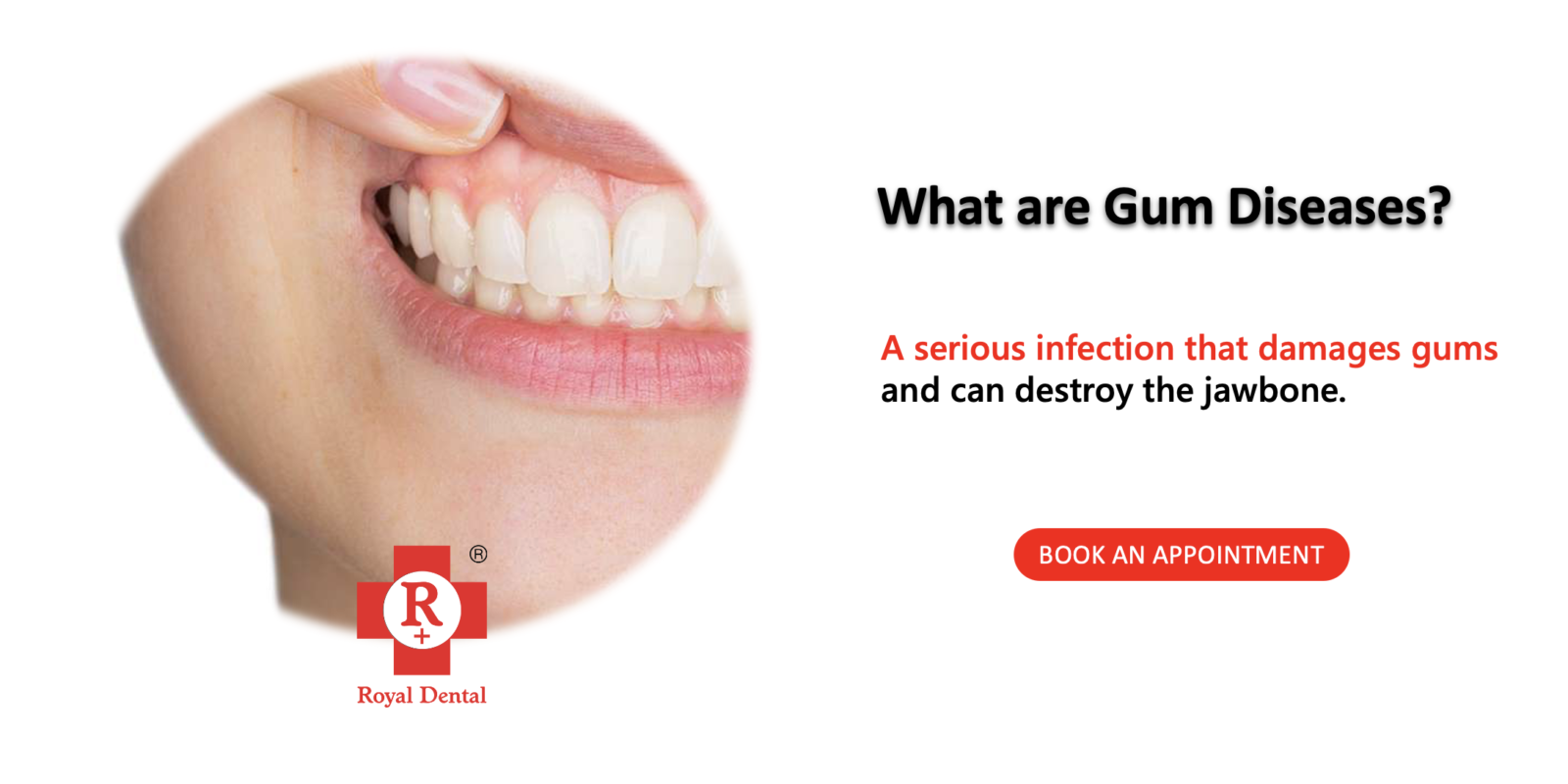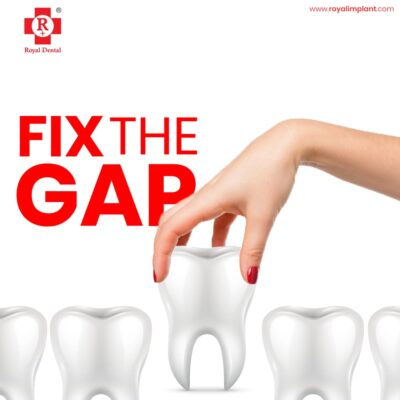If you’re reading this, chances are you are a human being who likes to eat food. Food is delicious and we cannot go long without eating it. Unfortunately, the more time we spend eating, the greater our risk of developing gingivitis and periodontal disease. These diseases that affect our mouths and have been linked to various other problems in the body, such as heart disease, diabetes, and stroke. If you’re thinking this sounds serious or perhaps even gross, you’d be right on both counts! Fortunately, there are simple things we can do to prevent these diseases from developing further. With that in mind, here is what you need to know about gum bleeding and diseases so you can keep your smile strong for life!
What is gum disease?
Gum disease is an inflammation of the gum tissue caused most commonly by bacterial infections. The gum tissue is naturally soft and pink, and is held to the teeth by connective tissue. Inflammation may be followed by bleeding. When inflammation causes this tissue to become weak, it can easily be damaged, allowing bacteria to get inside and cause even more damage. Left untreated, it can lead to tooth loss.
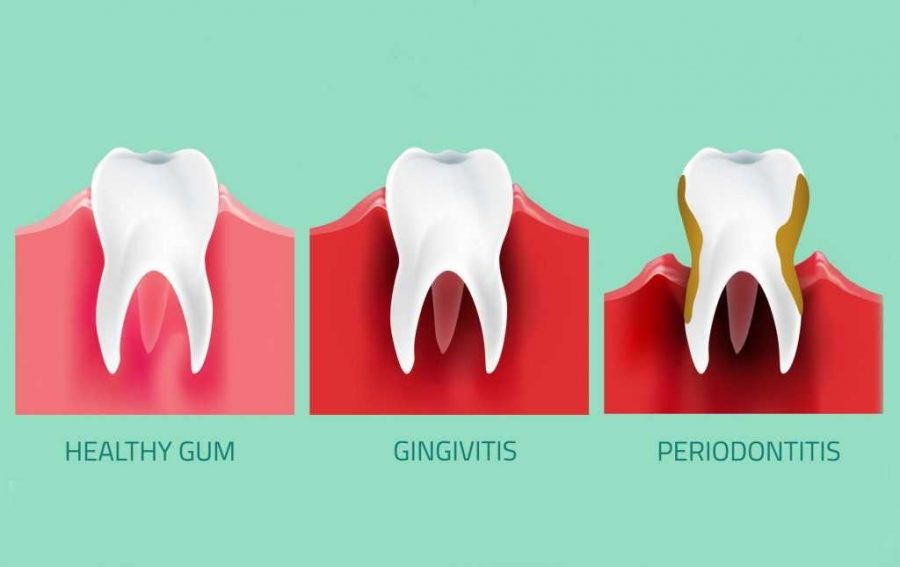
Gum disease is twofold; Gingivitis is the inflammation of the gums, and periodontitis is the destruction of the supporting tissues that hold the teeth in place. The two diseases can be treated independently, but the prognosis is worse if both are left untreated. If symptoms are left untreated, the infection can spread to the rest of the body. If left untreated, it can lead to teeth falling out or being pulled because they are too loose. It can also cause serious infections in the heart, lungs, and other organs.
How do you know if you have gum disease?
If you visit your dentist and they notice signs of gum disease, they can easily and painlessly perform a simple test to check if you have it. This involves gently lifting the edges of your gum and looking for sores or redness in the tissue. They may also take a small sample of the gum tissue to examine it in a lab. However, if you experience any of the below listed symptoms, it’s a good idea to see a dentist.
It’s important to keep in mind that not all of these symptoms are exclusive to gum disease; they could also be a symptom of something else!
Gum Bleeding while brushing or flossing – This can be caused by the soft tissue being irritated or cut by your toothbrush. Remember to use a soft-bristled toothbrush to prevent this!
Swelling or redness of the gum tissue – This is a sign that bacterial infection has reached the gum tissue.
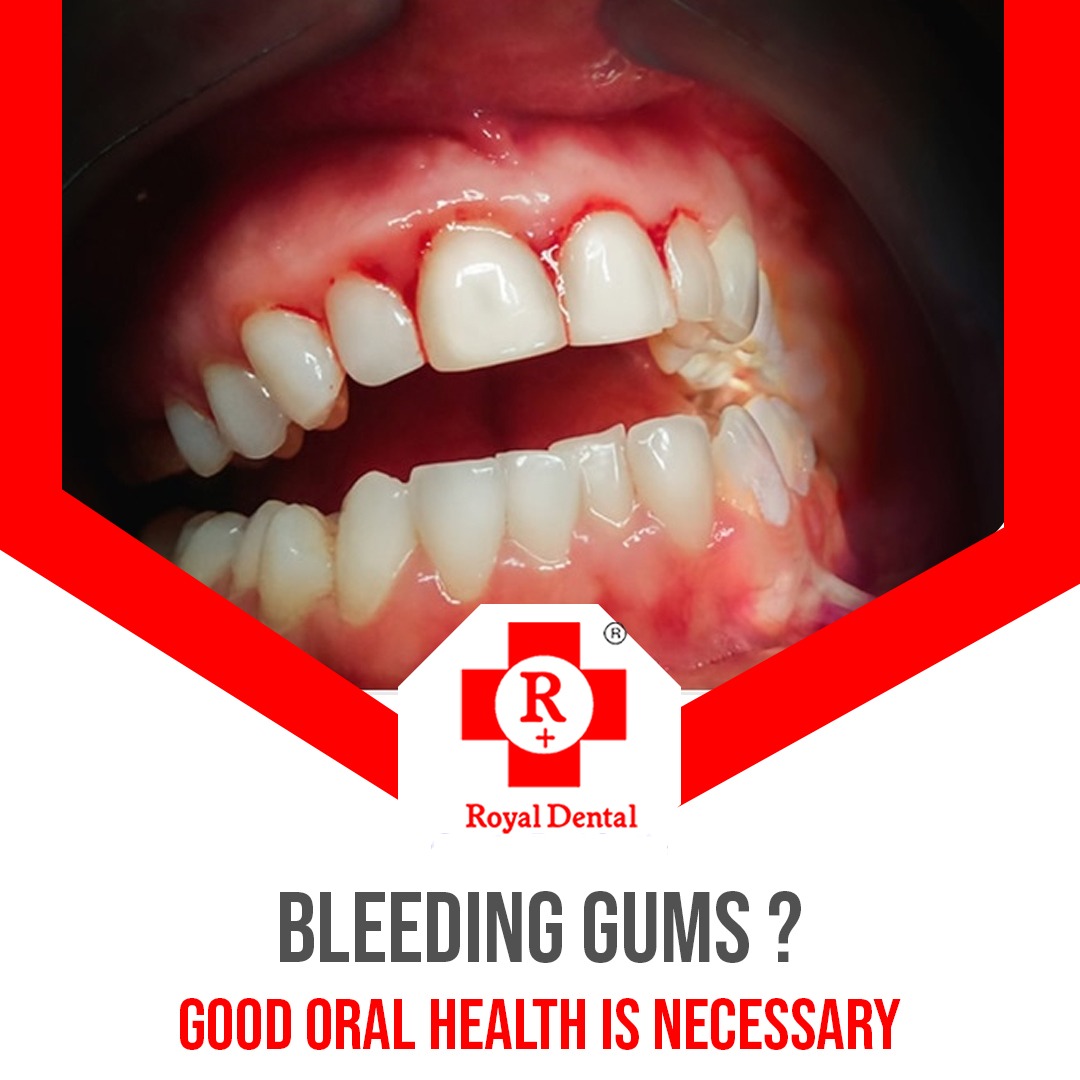
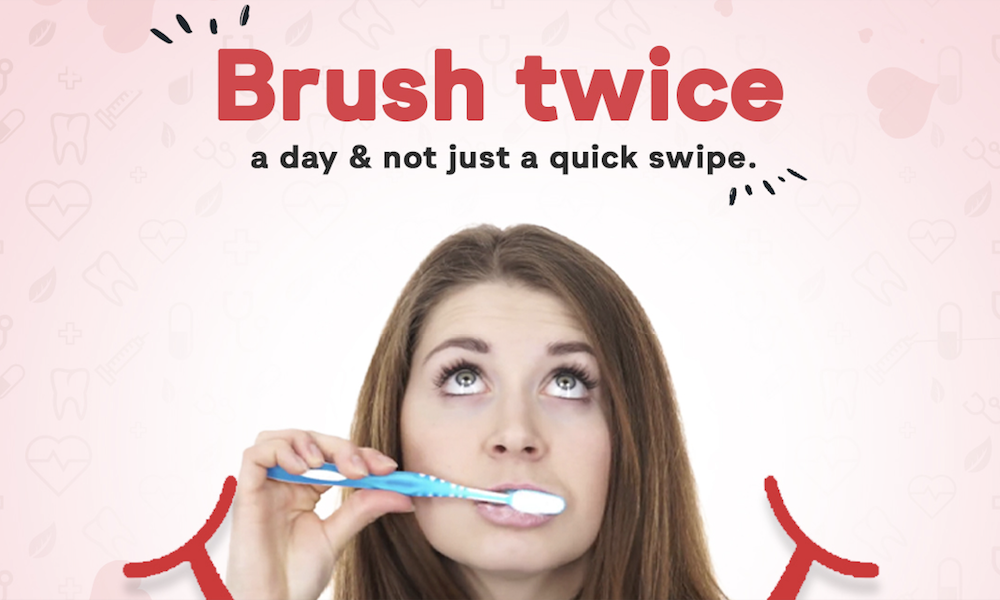
Changes in the colour of your gums – This can be a sign that tissues below the gum line are becoming inflamed.
Changes in the texture of your gums – This can be a sign that the tissues below the gum line are becoming infected.
Pus or bad breath – This can be a sign that gum disease is present. This is caused by bacteria releasing a foul-smelling gas called “putrescine”.
Risk factors for gum disease
Lack of sleep – This can impair the immune system and lead to an increase in inflammation.
Poor diet – This can cause an increase in the levels of bacteria in the mouth.
Poor oral hygiene – This can lead to an increase in bacteria in the mouth.
Periodontal disease in a parent or sibling – This can increase the chances of you developing the disease.
Smoker – The increased risk in smokers is due to the higher levels of plaque and bacteria in their mouths.
Diabetic – This can also impair the immune system and lead to an increase in inflammation.
Alcoholic – The higher levels of sugar in alcoholic drinks can cause an increase in bacteria in the mouth.
TIP: Brush and floss twice daily
While each of these practices can help prevent gum disease, combining them can be even more effective! These two easy practices can make a big difference in your oral health and should be done every day after brushing your teeth. This will help to prevent plaque from building up and creating a breeding ground for bacteria. Brushing your teeth is an important step toward keeping your smile healthy.
However, in order to truly get the most out of this practice, you’ll need to make sure you’re doing it right! When brushing your teeth, it’s important to remember the acronym “B-B-B”. This stands for Brushing, Brushing, Brushing! Make sure to spend at least two minutes brushing your teeth, and be sure to brush all surfaces and areas of your teeth. When brushing, it’s best to use a soft-bristled toothbrush. This helps to reduce the amount of gum recession you might experience over time. Be sure to replace your toothbrush every three months, or when the bristles begin to fray.
TIP: Visit your dentist regularly
Regular visits to your dentist can help to detect gum disease early and make treatment easier. A dentist will be able to examine your gums during your visit and determine if you have gum disease. If this is the case, they can offer you treatment, such as cleaning your teeth or applying an antiseptic. Although these things may seem daunting, they are essential in keeping your teeth healthy! If you have gum disease, your dentist can help you by cleaning your teeth more often, which decreases the amount of bacteria in your mouth. If you have Gingivitis, your dentist will probably suggest that you visit more often than the standard twice-a-year appointment.
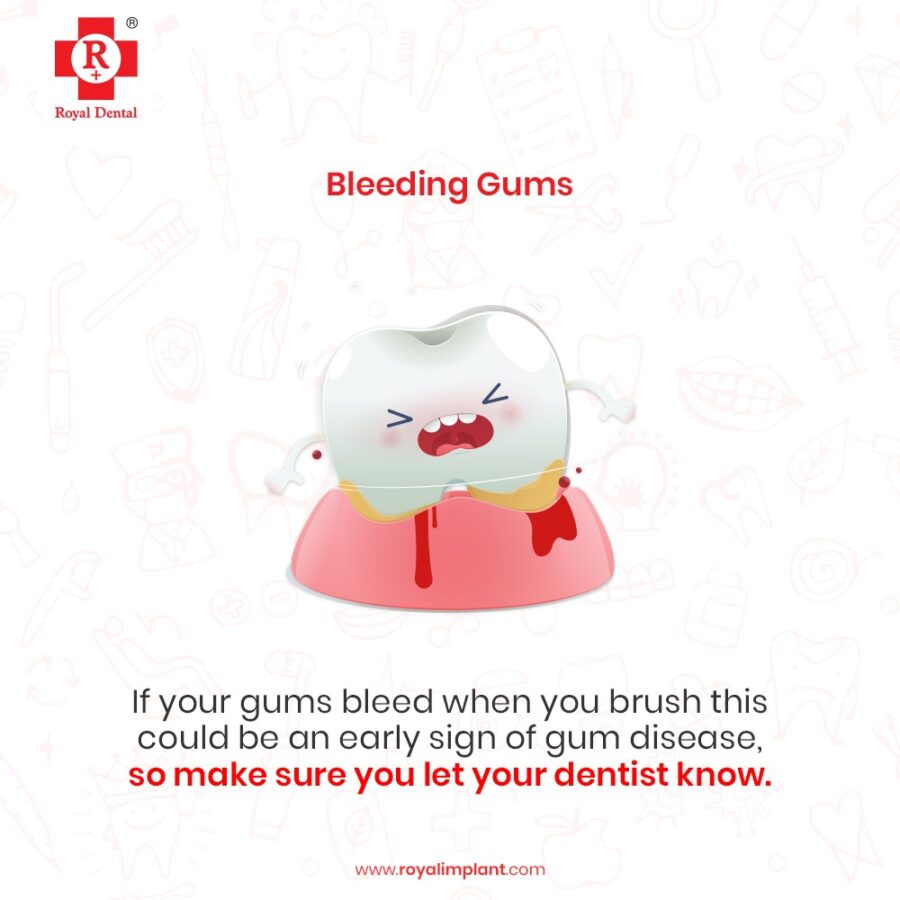
TIP: Eat well and exercise regularly
Aside from brushing and flossing, there are other things you can do to help prevent gum disease. One of the most important things is to remember to eat well and exercise regularly. This will help to reduce the amount of bacteria in the mouth and keep your teeth clean! When it comes to eating well, you should aim to eat a balanced diet that is rich in fruits and vegetables. You should also make sure to eat plenty of fish, meat, and dairy products that are high in Vitamin D. This vitamin can help to prevent gum disease! Exercising regularly can help to improve blood flow to the gums, which can help prevent Gingivitis. It can also help to improve overall oral health.
Conclusion
Gingivitis is a common problem, but it can be treated easily and effectively if detected early enough. If you want to avoid it, you should brush your teeth twice a day and floss at least once a day. It is also important to see your dentist regularly for a check-up. You should also change your toothbrush every 2-3 months.

